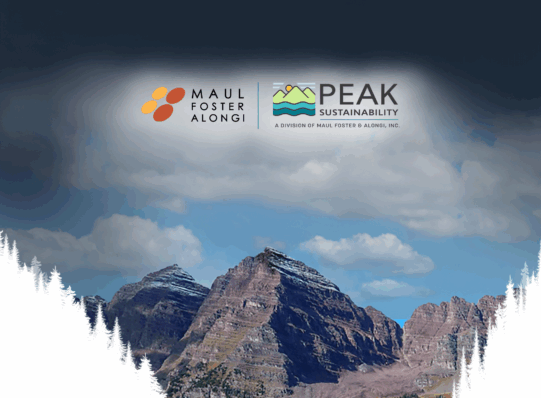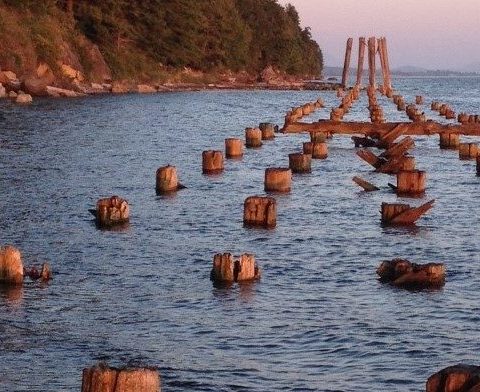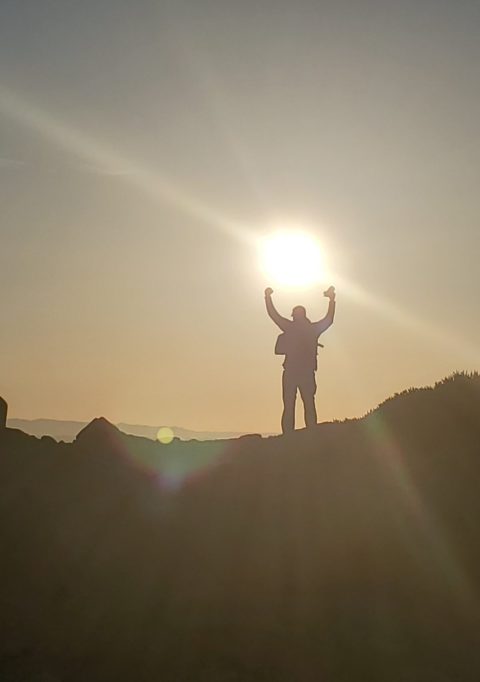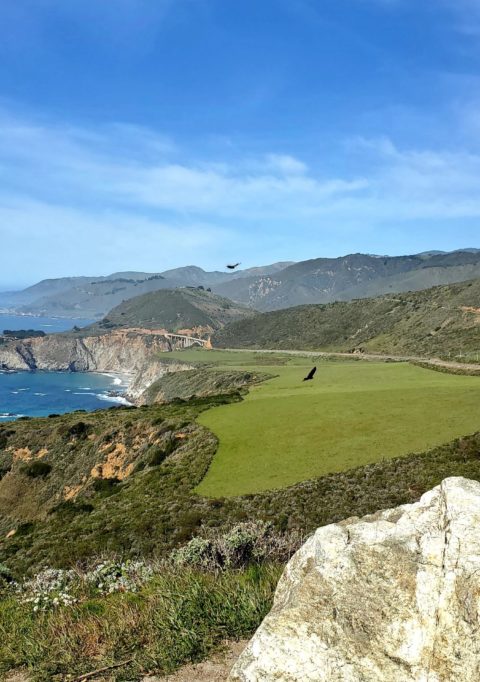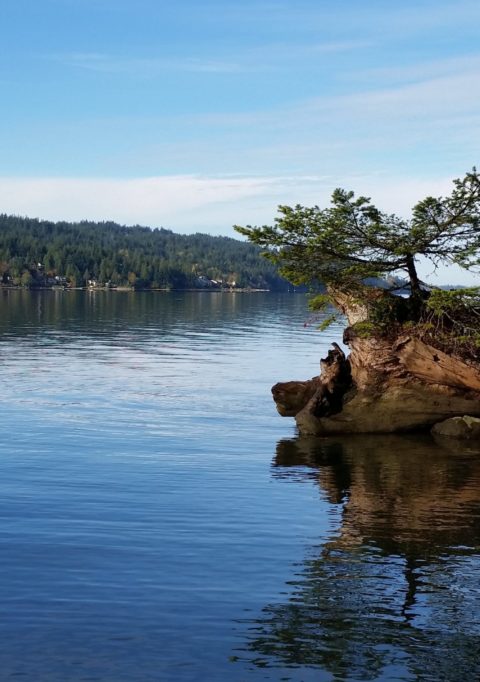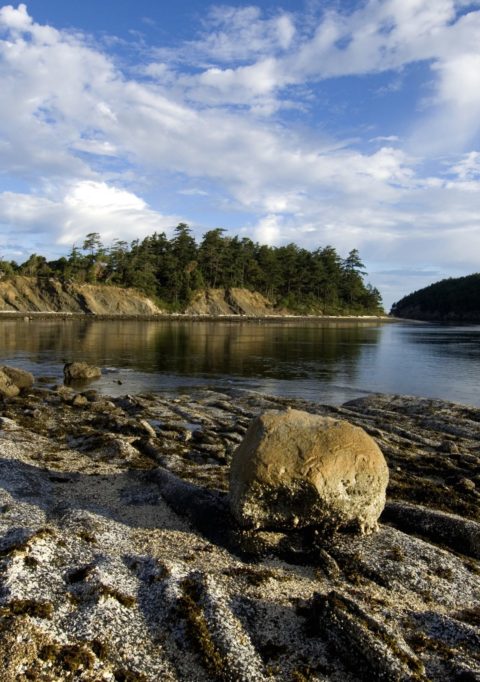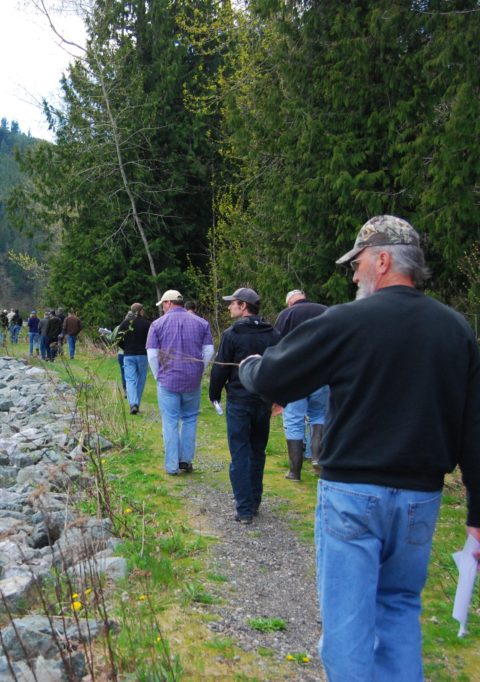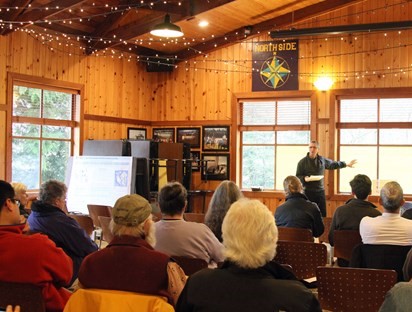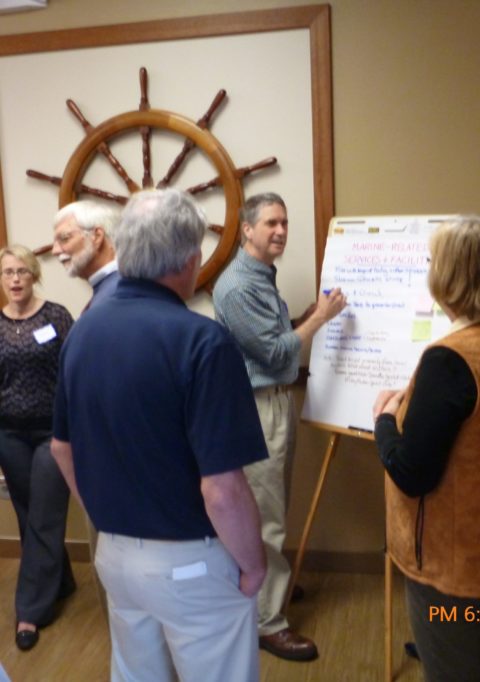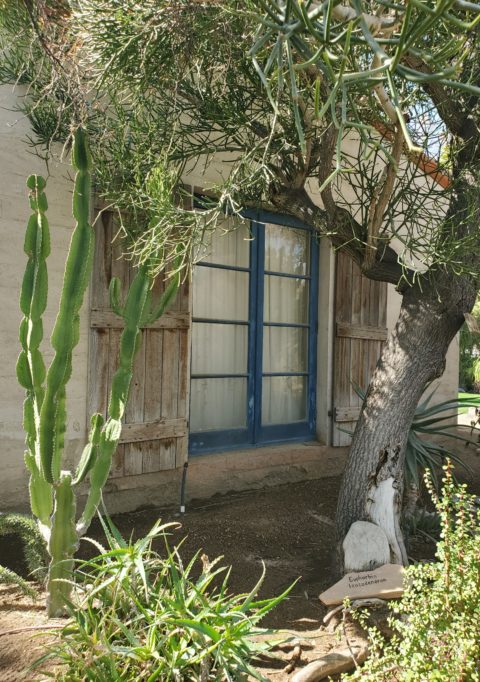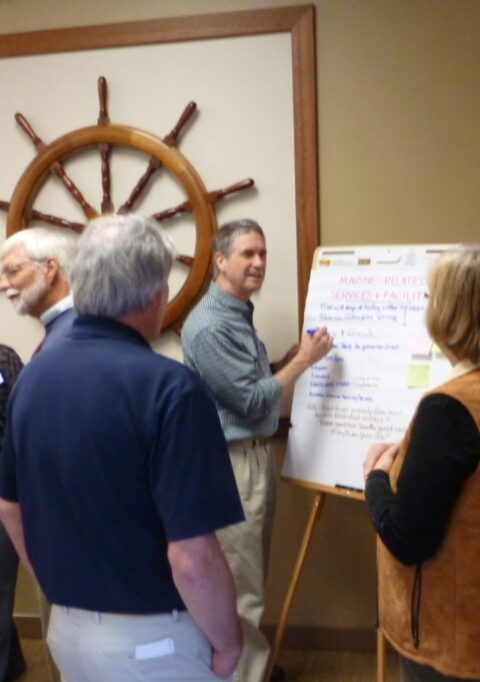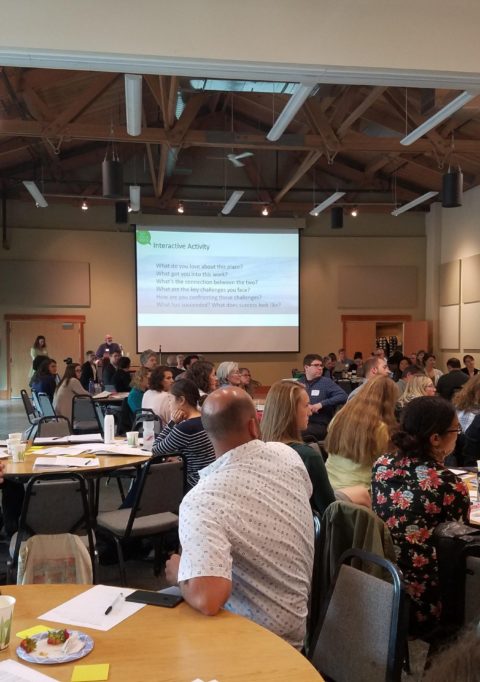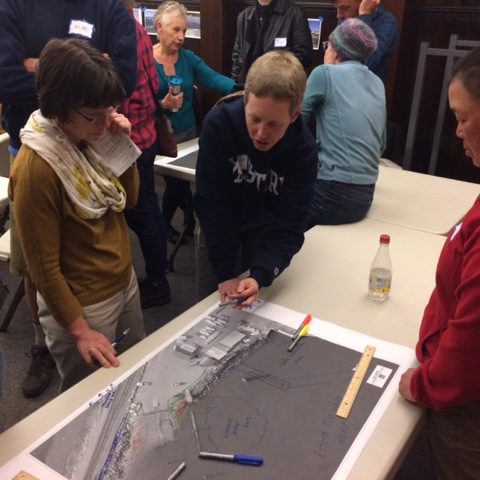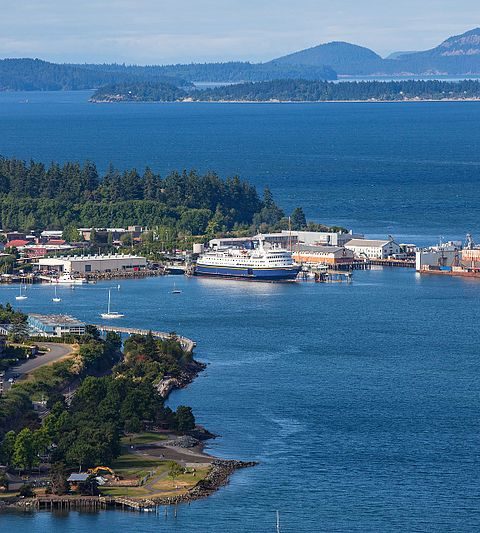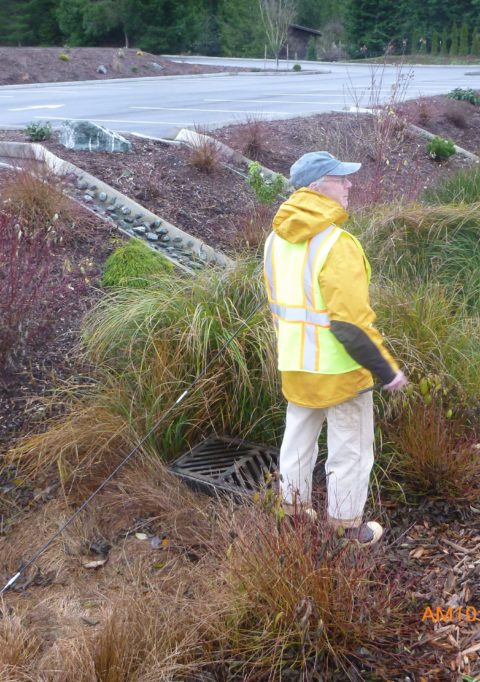Vancouver, Wash. – Maul Foster & Alongi, Inc. (MFA), a leading Pacific Northwest multidisciplinary firm, is excited to announce the acquisition of Peak Sustainability Group, a respected Bellingham, Washington-based firm specializing in climate change and sustainability services. The acquisition of Peak reflects MFA’s ongoing commitment to environmental stewardship and sustainable business practices. This partnership enables MFA…
The coffee industry is vulnerable
The $100 billion coffee industry is vulnerable to climate change
The $100 billion coffee industry is one of the world’s most vulnerable to climate change. The plants that grow arabica beans thrive in cool regions with distinct rainy and dry seasons. But global warming is causing those regions to shrink. Within the next seven decades, arabica is likely to lose at least 50% of its habitat, according to a 2019 report from scientists at Britain’s Royal Botanic Gardens, Kew. As temperatures continue to rise and growers move their farms in search of cooler temperatures, this industry is vulnerable.
Starbucks, a world leader in coffee, is devoting considerable resources to climate resilience in the coffee industry through its research farm in Costa Rica. They grow 350 different varietals of coffee trees on their working coffee farm. 25 acres of their 600-acre farm are devoted to ambitious R&D to help ensure the future of coffee production amidst climate change impacts. Their research is producing trees that have the potential to yield innovative solutions for a climate change-impacted future or heat, drought, and unpredictable weather.
Is coffeeless coffee more resilient?
We have meatless meat, eggless eggs, and dairy-free milks, so why not coffeeless coffee? Atomo’s coffeeless coffee is not made from coffee beans at all. They have created a patented process to yield molecules that mimic the flavor and “mouthfeel” of coffee as well as the caffeine. Instead, it’s crafted from upcycled ingredients such as sunflower seed husks and watermelon seeds. Atomo’s coffeeless coffee is very sustainable using less water and avoiding deforestation often associated with the coffee industry.

In 1995, another caffeine-free coffee alternative hit the market with Teeccino’s Caffeine-Free Herbal Coffees. Teeccino is now the #1 brand of coffee alternatives and the premier line of roasted herbal teas with over 35 organic and gluten-free blends. They’ve proven a popular coffeeless beverage is possible.
More sustainable coffee
Coffee can be sustainable as well. Tony’s Coffee headquartered in Bellingham, WA started sourcing Organic, Fair Trade, Shade Grown coffee in 2002 before most competitors did so. They’ve moved to 100% green power, doubled their roasting efficiency, and offset their roastery’s carbon footprint. As part of their sustainability journey, they continue to support causes and the farmers that make their business possible.

Shade-grown coffee
Shade-grown coffee seeks to mimic a forest rather than growing coffee in full sun. The forest environment offers benefits that can reduce fertilizer and water use. These “ecosystem services” also save the farmer money. Many research organizations are documenting the benefits of shade-grown coffee. Shade-Grown Coffee Helps Ecosystems and Farmers (columbia.edu)
Agroforestry is also taking on a larger role with some coffee growers. Agroforestry is a system that strategically integrates different types of trees within coffee farms. This creates a microclimate within the plantation that provides more favorable growing conditions and less disease.
- These microclimates promote increased biodiversity and soil enrichment
- They reduce erosion and water pollution
- They increase carbon storage and lower temperatures in the growing area.
- Picking coffee beans in the shade can be better for worker health as well.
Being a part of the solution
Since climate change is such a threat to the industry, then coffee growers and companies have a stake in sustainable and resilient actions that will ensure their viability in a climate-changed future. Shade-grown coffee and agroforestry are proving to give the coffee industry an edge when it comes to ensuring healthy crops when climate change brings its impacts.
